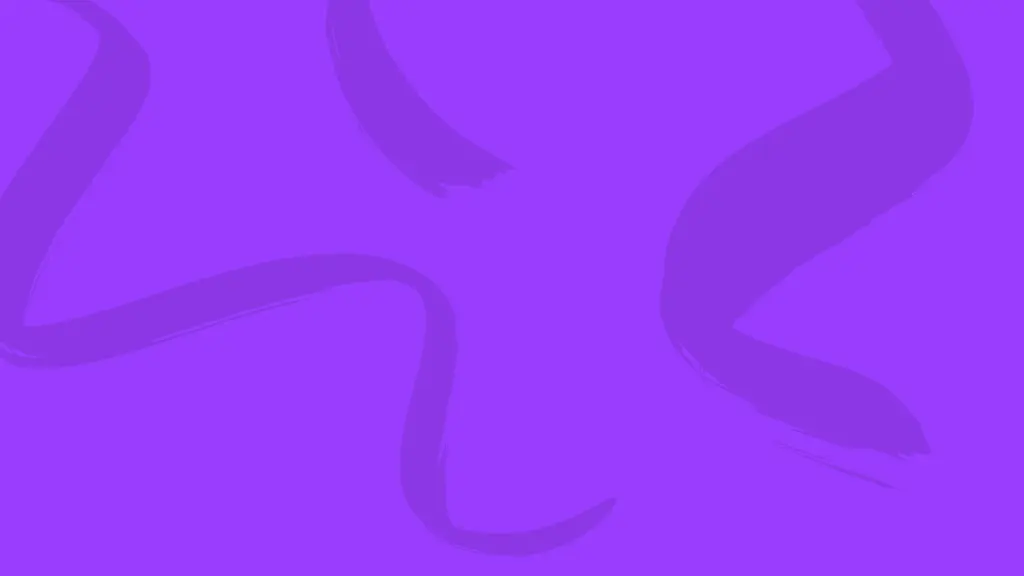Sensitive content
This site contains sensitive content that includes references to sexual violence.
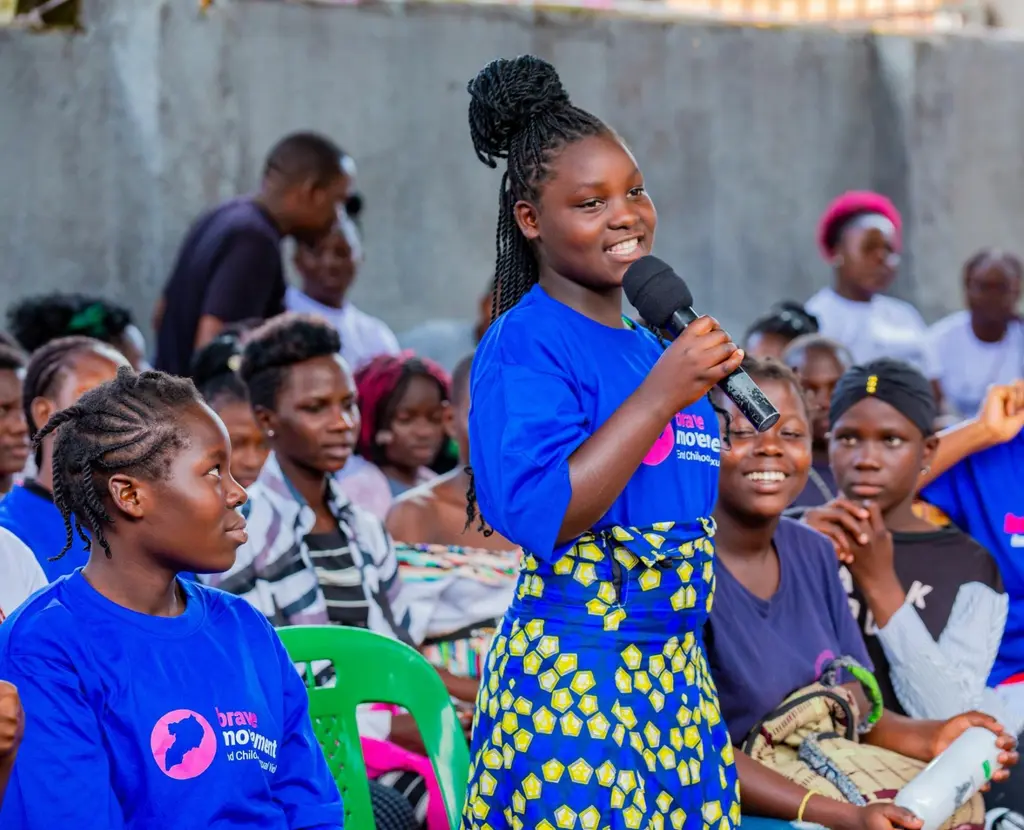
The Brave Movement Uganda is our first platform in Africa. Taking a multi-sectoral approach, it is a consortia of grassroot organizations and allies within Uganda working towards ending childhood sexual violence.
The national campaign initiative is United for Protection: Elevating Advocates and Erasing Harmful Practices.
"Healing starts when we create safe spaces where survivors can share their experiences without fear, where their voices are valued, and where they can begin to rebuild their lives with dignity."
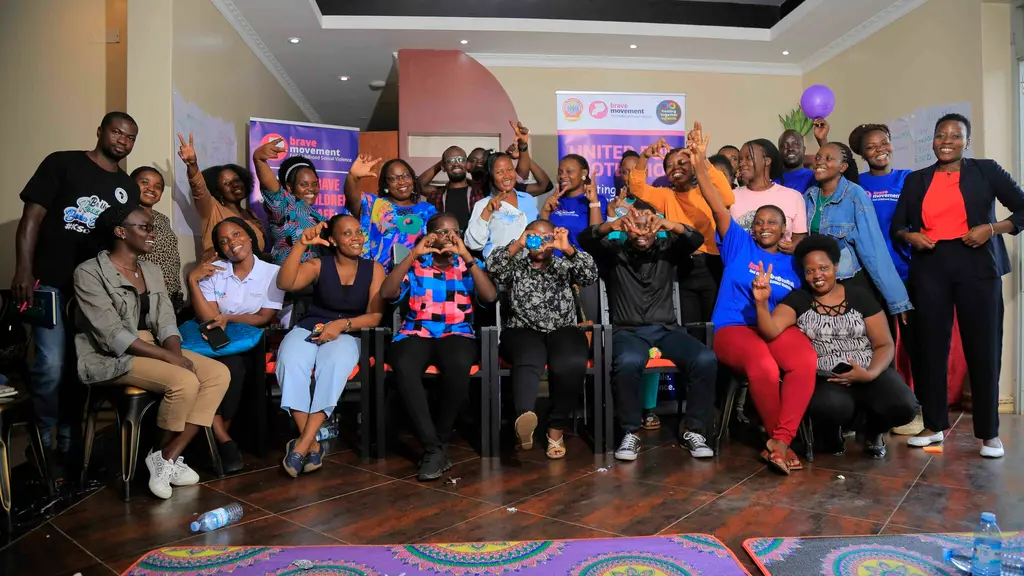
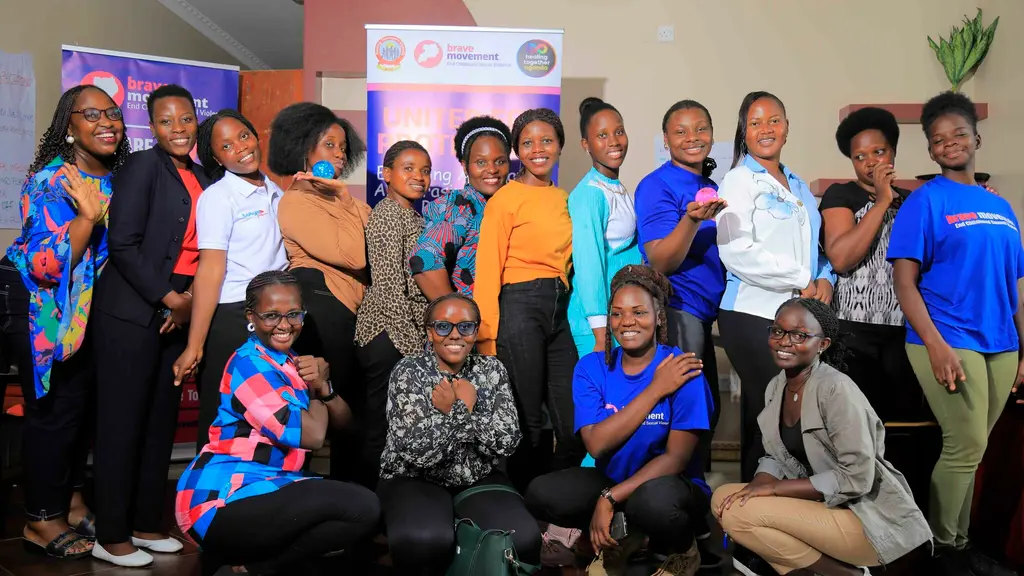
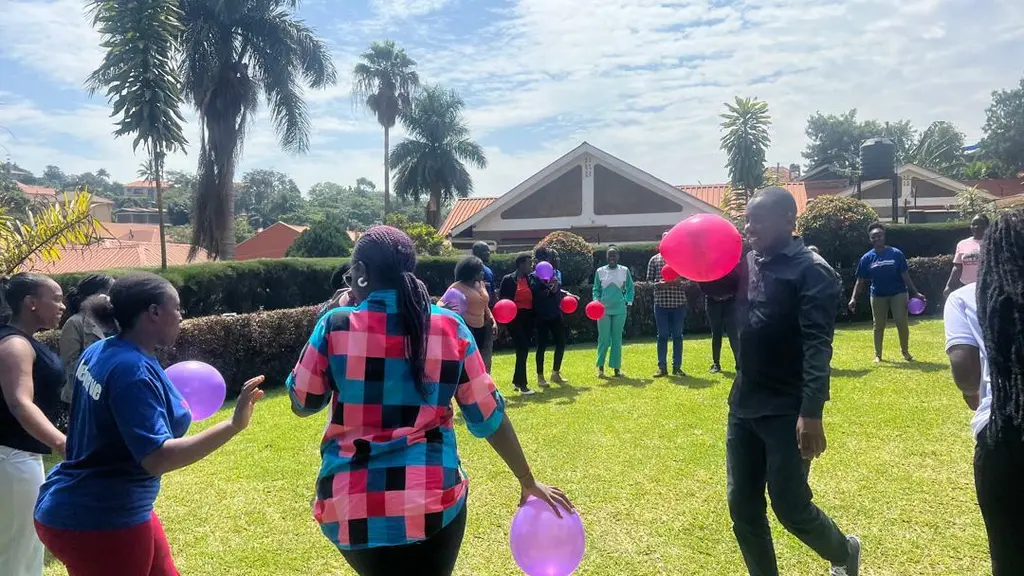
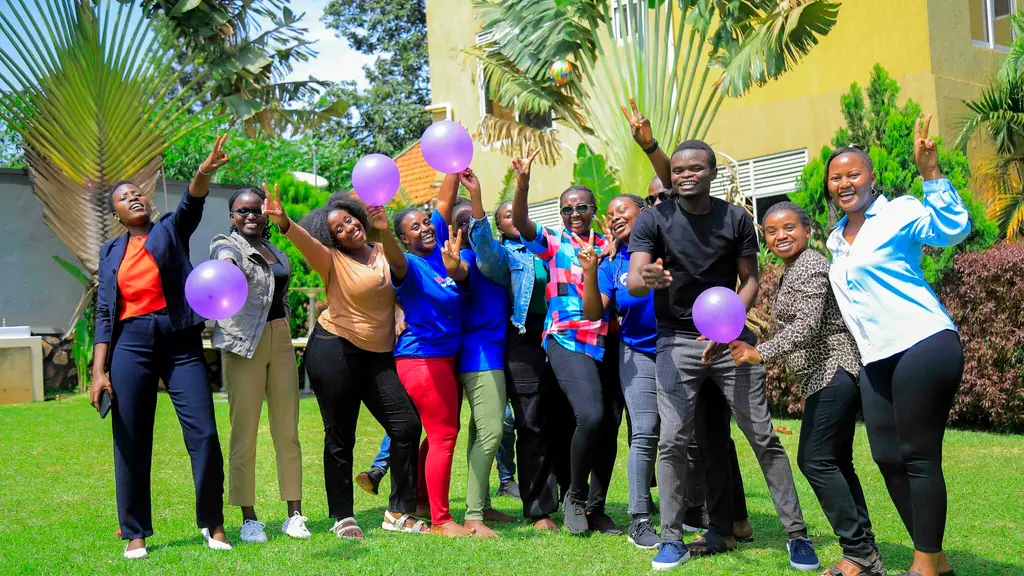
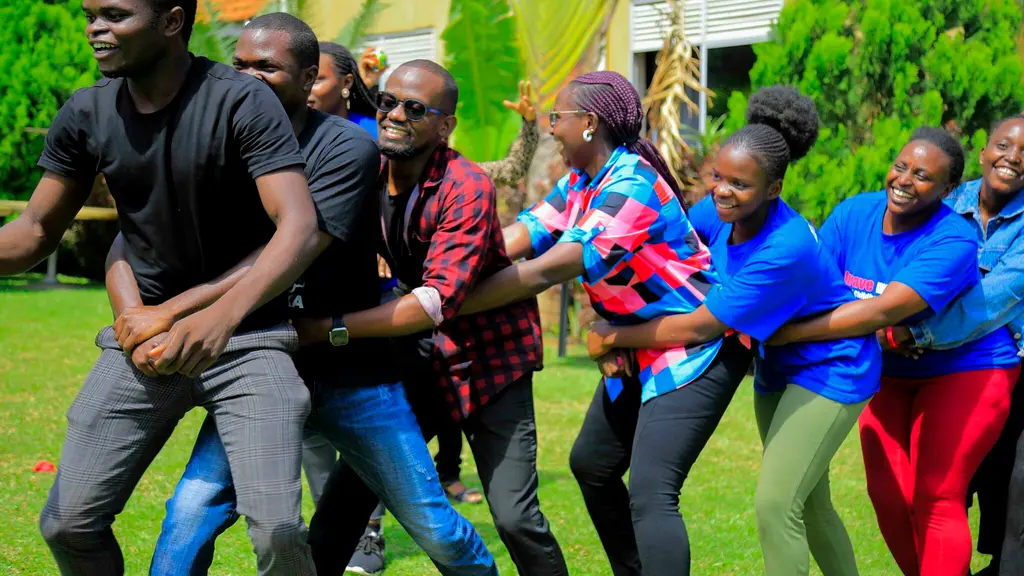
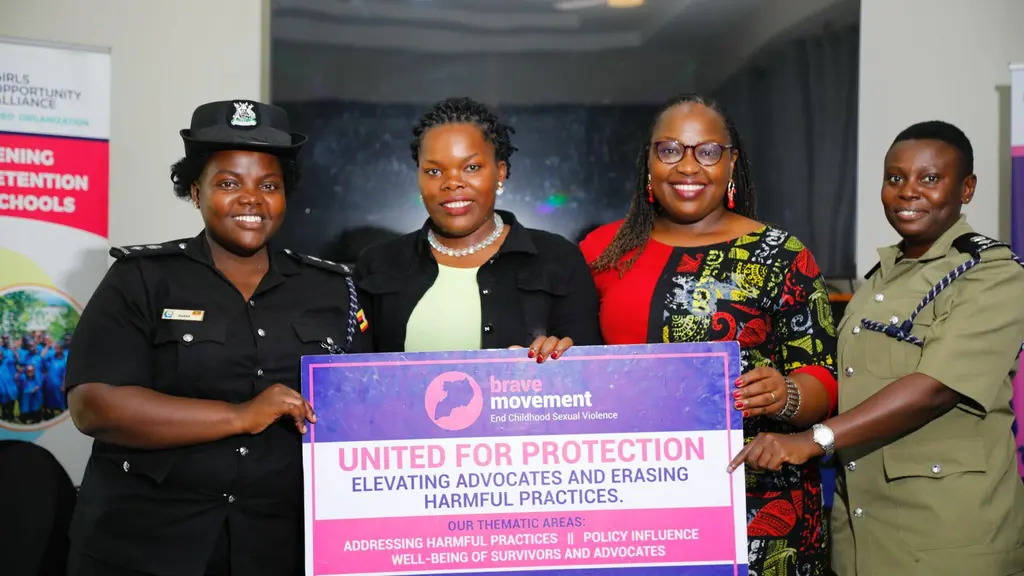


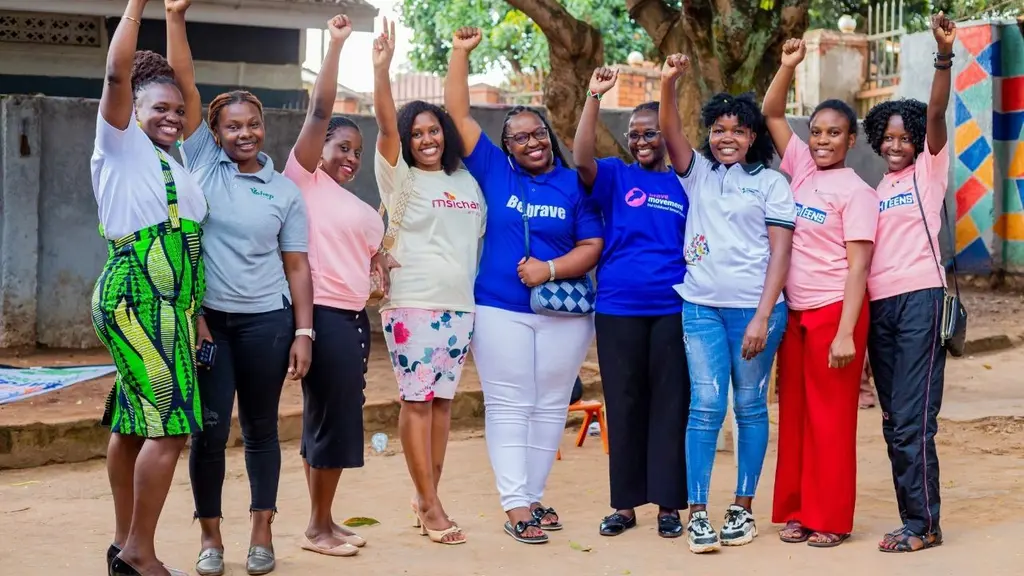
The Brave Movement platform in Uganda has a multi-sectorial approach to prevention, healing and justice to ensure both decision makers, service providers and survivor leaders are all involved in ending childhood sexual violence at a national level.
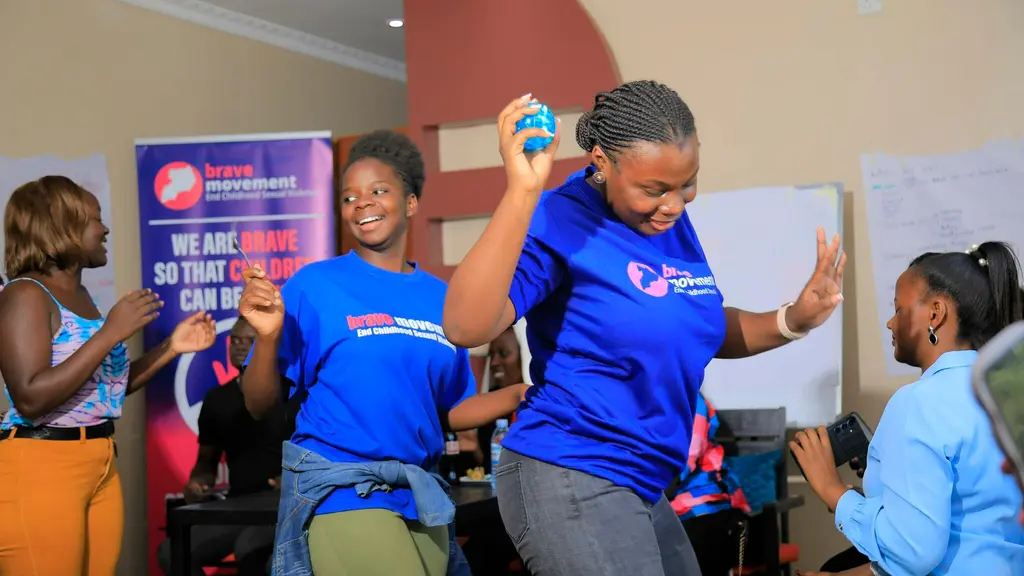
Ensuring mental health support and preventing burnout or secondary trauma among advocates.
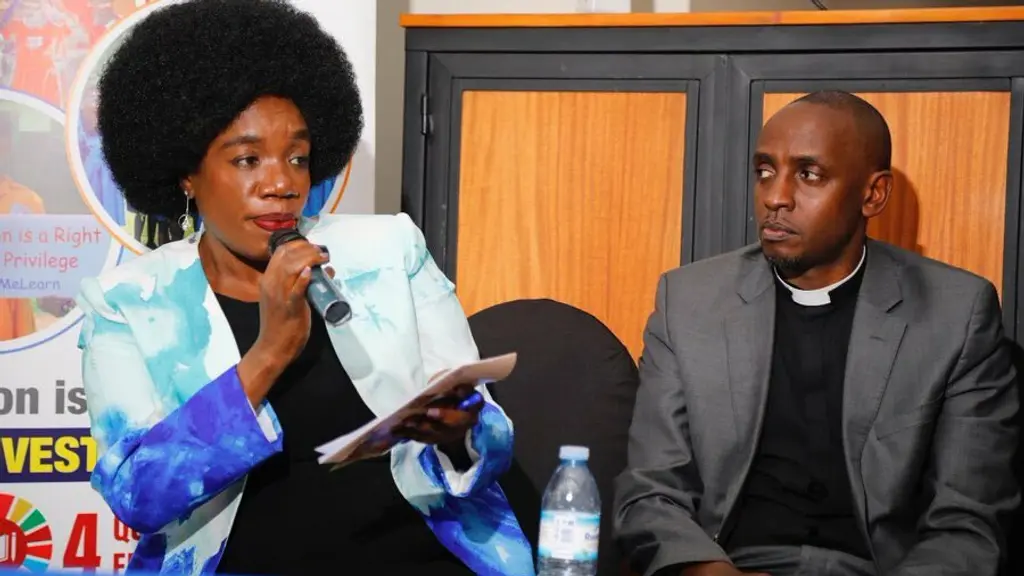
Strengthening commitment to implement CSA-focused policies and strategies
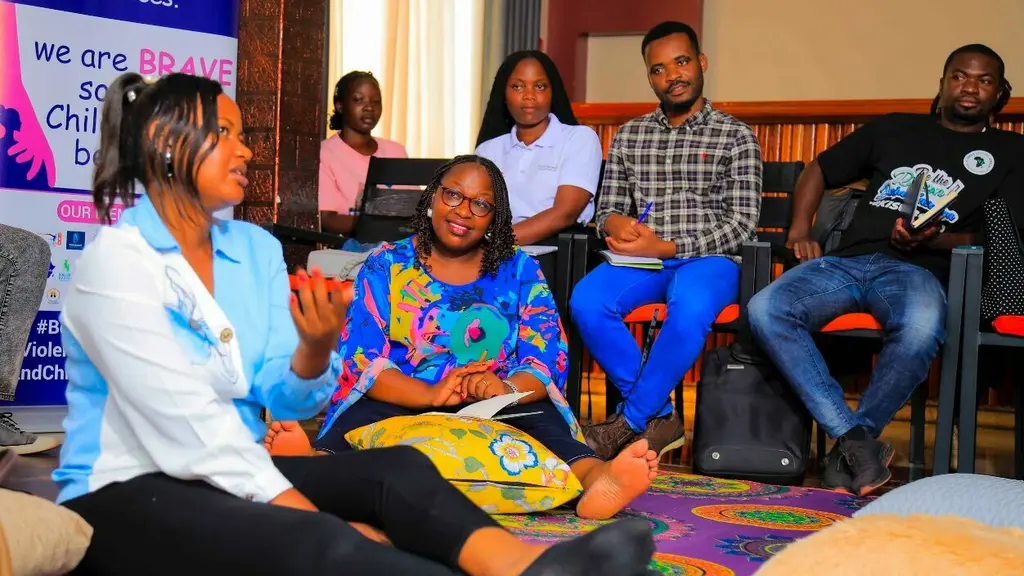
Promoting cultural shifts to protect children's rights through community engagement
🌟The launch ignited a mission to build resilient communities, empower voices, and demand zero tolerance for violence against children. Every story shared was a call to action. pic.twitter.com/PRoas2HPTm
— Brave Movement (@BeBraveGlobal) December 12, 2024
Brave Movement Uganda work with and for children and their parents/caregivers. It also targets government stakeholders (e.g., Ministry of Gender, Labour, and Social Development), and policymakers, Uganda police, and judiciary.
Some planned and ongoing campaign activities include:
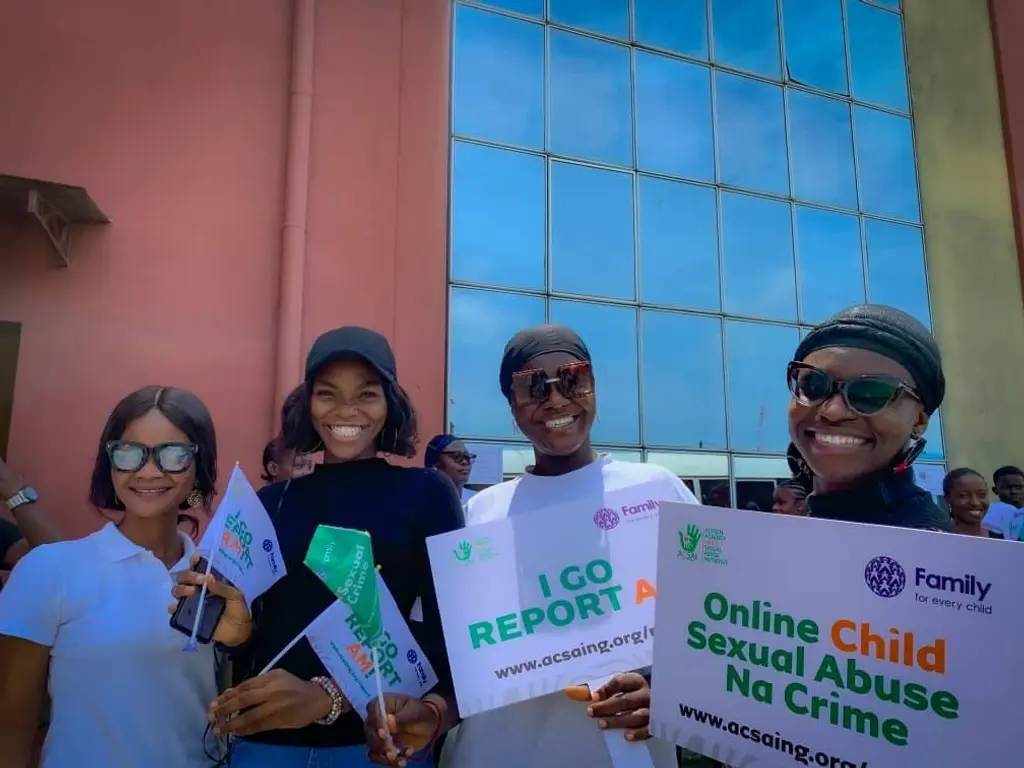
Sexual violence is often shrouded in silence due to cultural taboos, and online-assisted crimes against children and young people face similar stigma. Girls and young women, who are disproportionately targeted by online violence, experience societal discrimination, making it even harder for them to speak out or seek help. Online child sexual exploitation and abuse of children, especially young girls, is on the rise. Young girls are most vulnerable to online exploitation due to societal power imbalances and limited access to digital literacy programs. Young change makers use their own personal social media platforms to share relatable, anonymized stories, demystifying digital threats and empower young people to recognize, resist, and report abuse. They teach others about: Violence: sextortion that happens via messaging apps, grooming through fake social media accounts and AI- generated images of minors Responsible internet use: encouraging privacy settings and secure passwords, not to share or forward explicit content, understanding consent in the digital space, discouraging participation in online bullying, shaming, and knowing how to verify information sources as an essential digital literacy skill Guidance to peers experiencing abuse: listening without judgment, recognizing signs of online abuse, knowing when and how to refer peers to trusted adults or support systems, and promoting the ACSAI reporting hotline The program’s success lies in its participatory approach, ensuring that young people are not just recipients of information but active contributors in shaping solutions. At least 40 cases of online abuse have been reported through the ACSAI hotline with support from E-Changemakers Over 32 instances of child sexual abuse material and non-consensual intimate image content have been successfully removed through a range of trusted reporting mechanisms. These young ambassadors play a critical role** in: Educating peers on how to report abuse Facilitating the removal of intimate images and child sexual abuse material Advocating for a safer digital environment By working alongside young people and survivors, we have successfully co-created solutions with them. We have transformed the narrative: young people are not just spectators but active participants in creating a safer digital world. * When a report is been made to the ACSAI hotline (www.acsaing.org/report), ACSAI's trained Internet Content Analyst verifies and classifies the content as CSAM or IIA (intimate image abuse).
May 28, 2025
|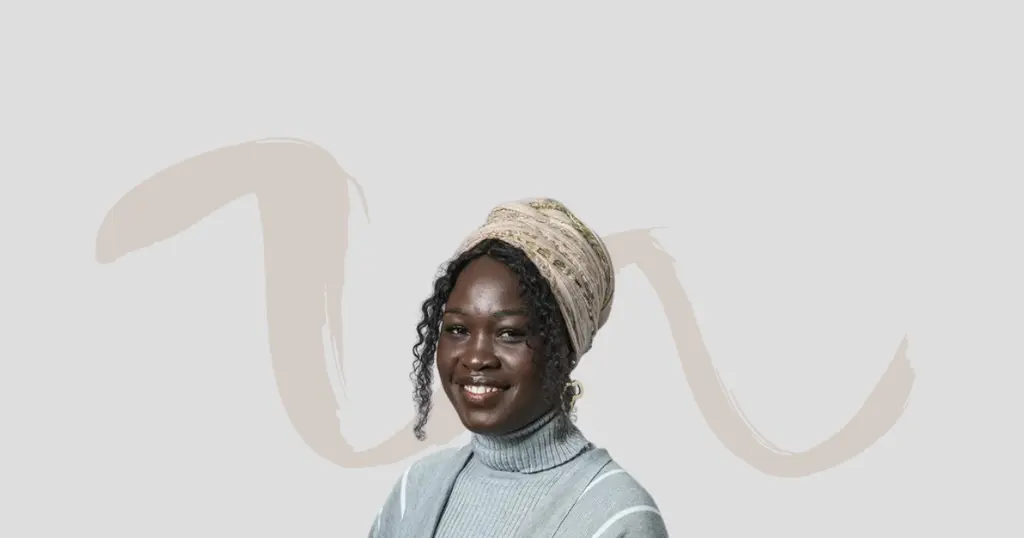
Daniela Ligiero interviews the youngest among Brave’s founding members, a movement builder, and a voice of quiet but undeniable strength.
August 6, 2025
|
A large proportion of children in Uganda experience sexual violence but do not seek help. According to the 2015 Uganda Violence Against Children and Youth Survey (VACS) , among children aged 13-17, one in four girls (25 percent) and one in ten boys (11 percent) reported sexual violence in the previous year. For example, survivors of childhood sexual violence are at higher risk for mental health challenges, chronic health conditions, and substance abuse. Despite the 2010 Gender Based Violence (GBV) Act and The Penal Code, the use of informal methods of settling sexual violence cases involving children persists. Due to the stigma associated with sexual violence cases, such as name-calling, as well as attempts to preserve the honor, respect, and integrity of families, survivors may be forbidden to speak out. There is a dire lack of funding in Uganda, where police departments tasked with addressing childhood sexual violence operate on annual budgets as low as $200. Amplify survivor voices: Survivors must be at the forefront of the movement to end sexual violence. Systemic barriers, such as poverty, lack of access to healthcare, and underfunded law enforcement, exacerbate the impact of sexual violence, hindering survivors' ability to heal and find justice.
December 11, 2024
|